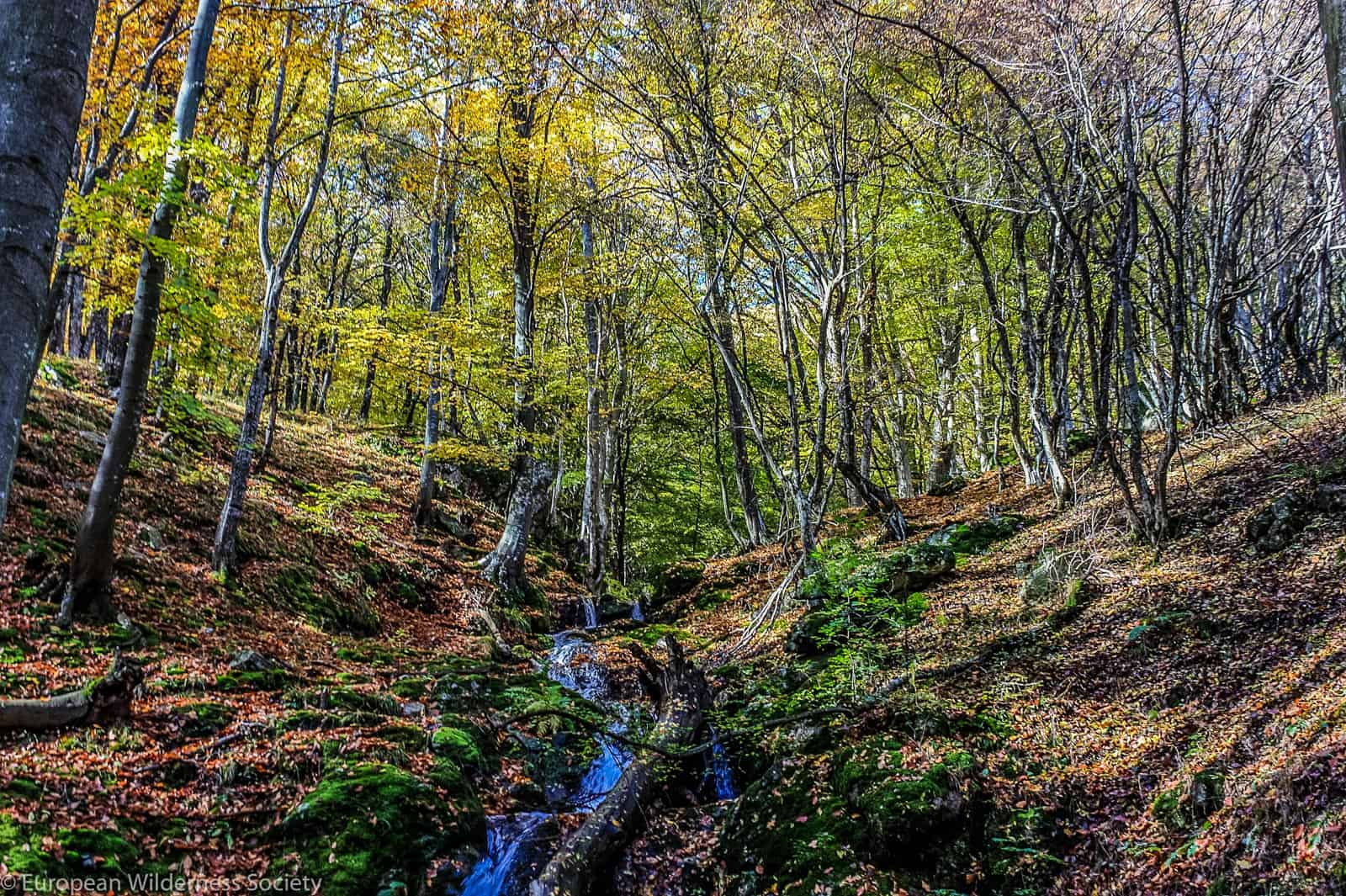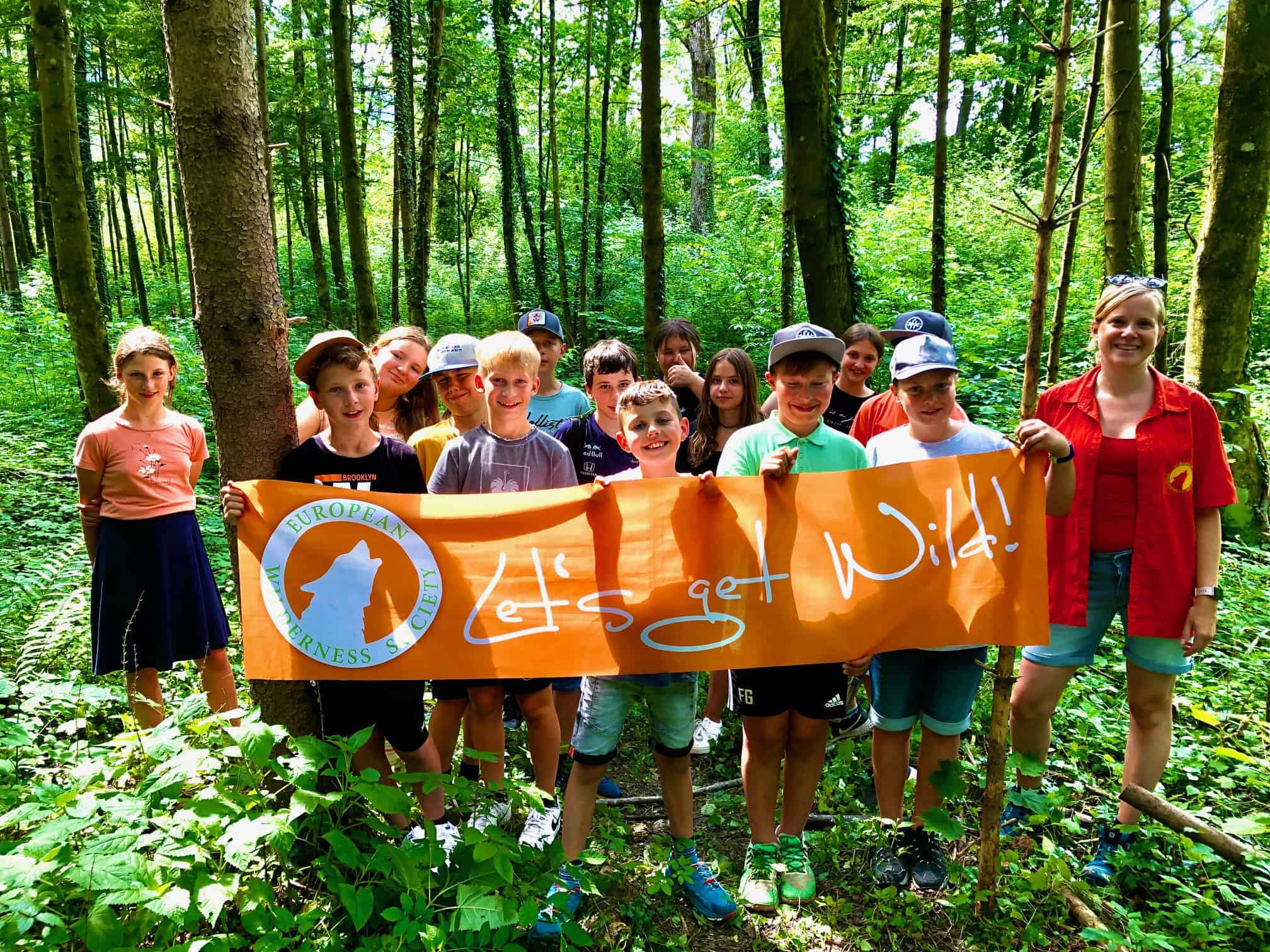Wilderness revival in Switzerland
Switzerland is naturally predestined for Wilderness. It is home to many of the highest and least accessible mountains in Europe. At the same time, it is the birthplace of modern alpinism with the goal to scale even the steepest and most dangerous mountains. This has created a tension between the conservation of Wilderness and the many ways the Swiss population and millions of tourists use the mountains. In 1994, Mountain Wilderness Switzerland was founded with the mission to bring together Wilderness, recreation and alpine sports.
Please also read: Wildcats return to Austria again
Where does Wilderness exist in Switzerland?
The last two years brought important steps for the Wilderness movement in Switzerland. In 2019, the first Wilderness inventory of Switzerland was released. It identified Wilderness areas on impressive 17% of Switzerland. At the same time, it emphasized the pressure on these areas. Agriculture, tourism, energy production and the lack of accpetance all threaten remaining Wilderness areas. Many people are unfamiliar with the Wilderness concept and see natural succession as neglect leading to messy and dirty spaces. Undoubtedly, the Wilderness potential is massive in Switzerland if these challenges can be overcome.
Switzerland already has experience with how much difference a change in public perception can make. Over the centuries, it rendered extinct many of its most iconic animal species because they interefered with humans. After the population realized what they had lost, many of them were succesfully reintroduced or recolonized the country. This includes wolf, bear, lynx, ibex, beaver, bearded vulture and red deer and wild boar.
More space for nature!
This summer, NGO Pro Natura has started a campaign to achieve a similar turn around for Wilderness in Switzerland. The campaign “Wildnis – mehr Freiraum für die Natur!” promotes Wilderness as a refuge for endemic species and an asset for science. It does not only focus on the inaccessible high Alps, but also forests, rivers and marshlands in the lower parts of Switzerland. Additionally, it considers the necessary coexistence of Wilderness and outdoor sports, which are an important economic factor and part of the Swiss identity. Similar to Respect Nature, the campaign emphasizes that we have to follow certain rules when we visit Wilderness.
Generally, I see Wilderness or wild spaces everywhere in Switzerland. On one hand where we still have pristine nature, in the mountains. This, we must protect! These are the jewels we cannot sacrifice. On the other hand, we need more Wilderness in the Alpine foothills, the Jura and the Swiss Plateau. These areas are smaller and more influenced by humans.

The last two years and the new campaign by Pro Natura in Switzerland are yet another indicator that Wilderness is gaining attention amongst “traditional” nature conservation organizations, which used to focus on the protection of single species. Wilderness is an important building stone to protect ecoystem servies, species and real nature experiences for people. Nevertheless, finding a compromise that satisfies Wilderness advocates, nature conservationists, outdoor enthusiasts and rural communities is always a challenge.




Wild gems in Switzerland
As part of their new wilderness campaign, Pro Natura asked some of their employees where they go to experience wild nature close to their home. The list included:
- The jungle-like river delta ” Bolle di Magadino” close to Lago Maggiore is a a surprise every time, sometimes flooded knee-deep, and always chaotic.
- The Alpbach is a real wild river with a small moss-grown gorge only accessible through a tunnel.
- The former clay pit “Rehhag-Grube” is an example for natural succession with an inredible diversity of dragonflies, frogs and rare plants.
- The nature santuary “Chassagne d’Onnens” is unique because it resembles the mediterranean. It is home to orchids, aspis vipers and green lizards.
- In the flat north of Switzerland, the “Chollerwies” is home to a beaver family, which created an alluvial forest inbetween railways, roads and agriculture.
- The “Pfynwald” forest is a magical remnant of the last ice age with a wild river, a vast natural pine forest and meadows, which are home to many different bird species.
- In the “Rumpelfluh”, visitors can experience the magic of the mountains. While the lower parts of the forest close the city are busy, it becomes wilder and wilder the higher up they go. The vegetation changes from beeches to pines, oaks and yews that create bizarre shapes in attempt to cling to the rocky cliff.









